New Study Identifies Potential Animal Highway Crossing Locations Across Western U.S.
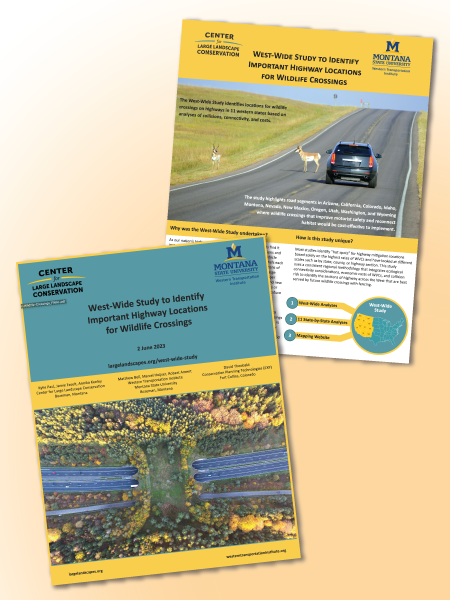
Increasingly busy highways and fragmented habitats have boosted the number of wildlife-vehicle collisions (WVCs) in the U.S. each year. Dangerous to both animals and humans, these collisions kill more than one million large mammals and hundreds of humans per year and cause tens of thousands of injuries. To begin addressing these collisions, the nonprofit Center […]
MSU Graduate Investigates Presence of Monarch Butterflies and Other Pollinators in Roadside Habitats
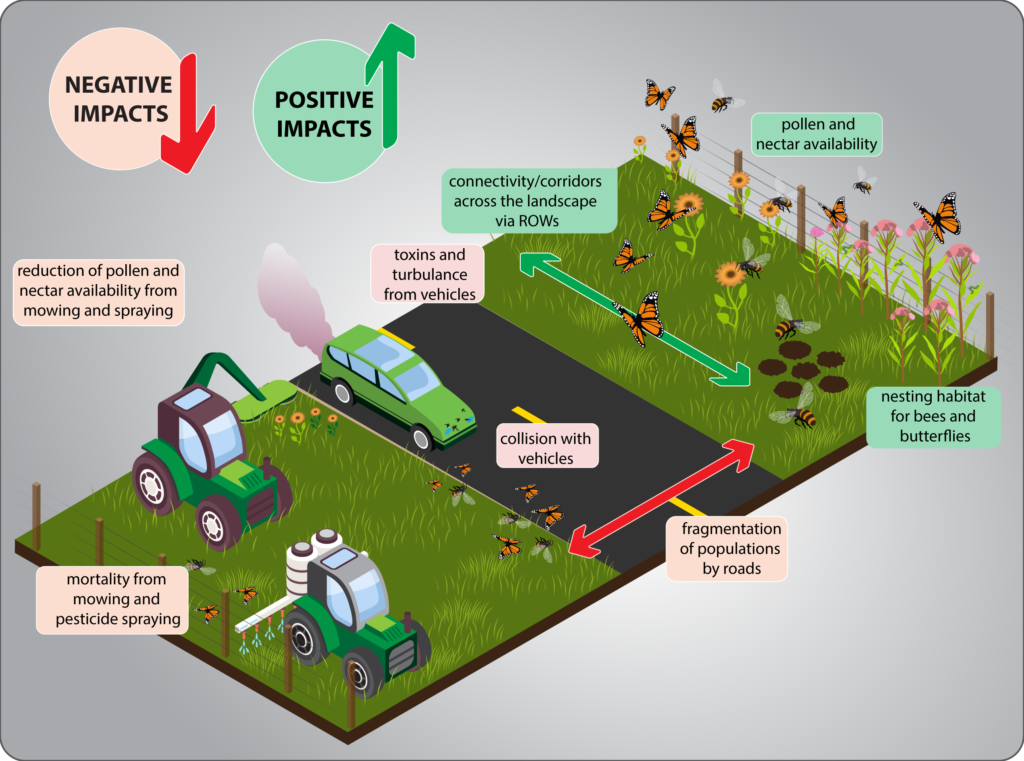
Monarch butterflies (Danaus plexippus), the striking and iconic orange and black insects of postcards and motivational posters, have been in population decline since the 1980s and Thomas Meinzen, a master’s student in Montana State University’s Ecology Department, turned to a largely overlooked environment to save them. His thesis, Bees and Butterflies in Roadside Habitats: Identifying […]
New IUNC Report from Rob Ament and Tony Clevenger
Rob Ament, the Road Ecology Program Manager at WTI, Dr. Tony Clevenger, a WTI Senior Research Scientist, and their colleague Dr. Rodney van der Ree of Australia, are the lead editors of a new technical report published by the International Union for Conservation of Nature (IUCN) and its World Commission of Protected Areas. Titled “Addressing […]
Y2Y CONTRIBUTES TO GRIZZLY BEAR RESEARCH ALONG US HWY 93, FLATHEAD INDIAN RESERVATION, MONTANA
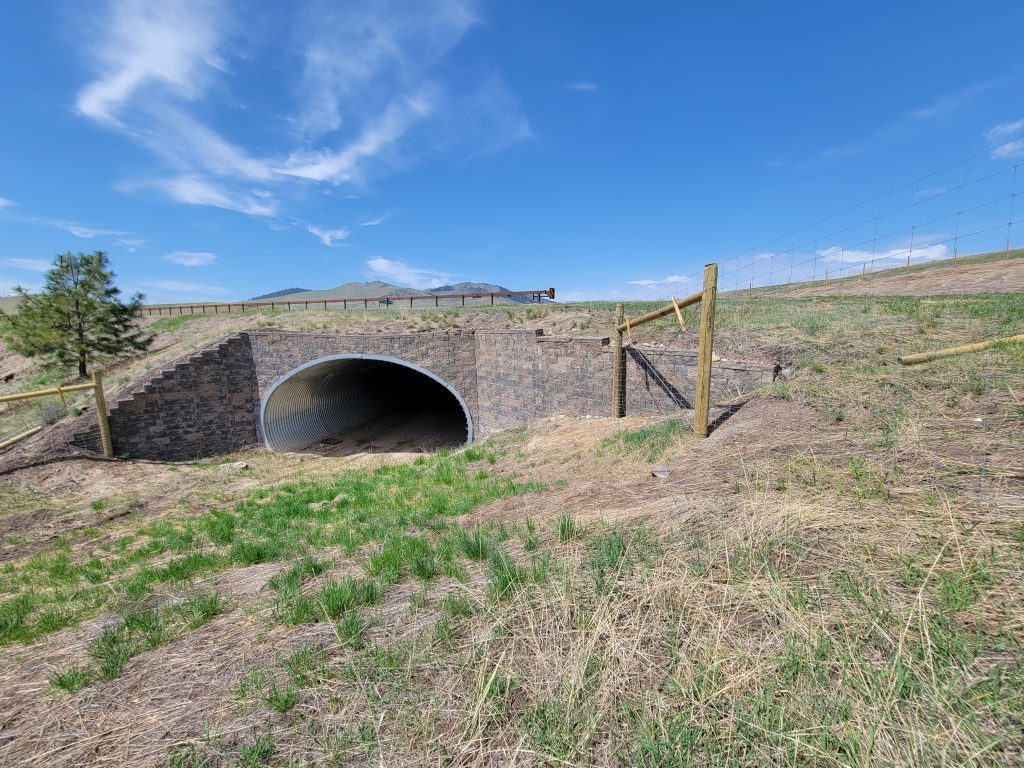
Y2Y recently contributed funds to continue the monitoring of wildlife underpasses along US Hwy 93 on the Flathead Indian Reservation in Montana. The monitoring is especially focused on grizzly bears, and it is conducted by the Confederated Salish & Kootenai Tribes (CSKT) and the Western Transportation Institute at Montana State University (WTI-MSU). It is important […]
WTI Researchers Improving Roadway Safety in Big Sky
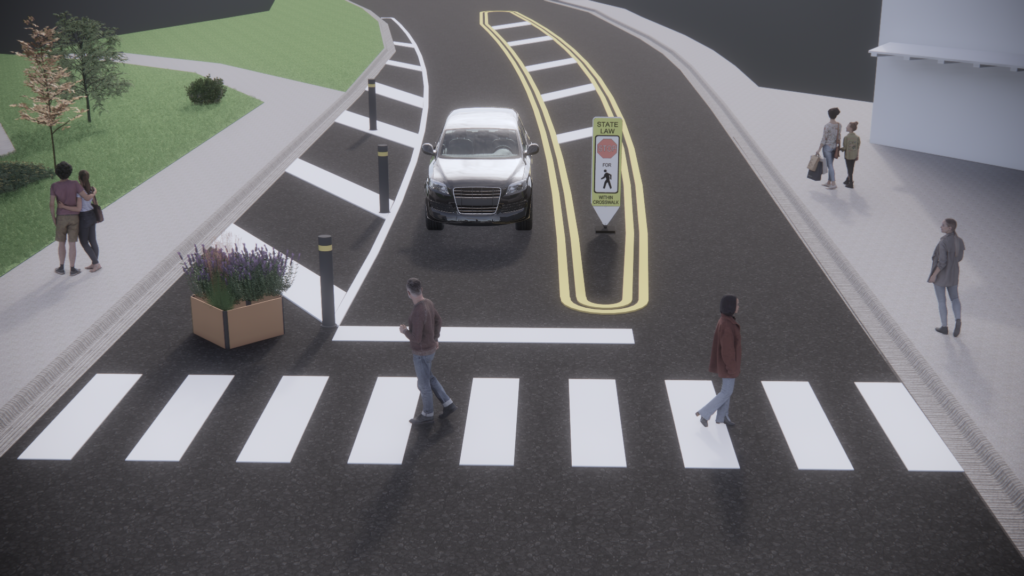
Work is moving forward on a collaborative project between WTI and Big Sky Community Organization (BSCO) on an Ousel Falls Road traffic calming and place-making project. Organizers believe that the temporary infrastructure, funded through the Building Active Communities Initiative (BACI) and the Big Sky resort tax, will increase safety and connectivity for pedestrians and cyclists […]
NEW PROJECT: Supporting Mobility Options in Meigs County, Ohio
WTI is launching a new project to provide technical assistance to a small county in southern Ohio. Led by Principal Investigator Andrea Hamre, the research team will work with the Buckeye Hills Regional Council in Meigs County, helping to coordinate mobility, economic resilience, and substance use disorder workshops. In addition, the project will support the […]
NEW PROJECT: Could Public Transportation Systems in Rural Areas Deliver Packages?
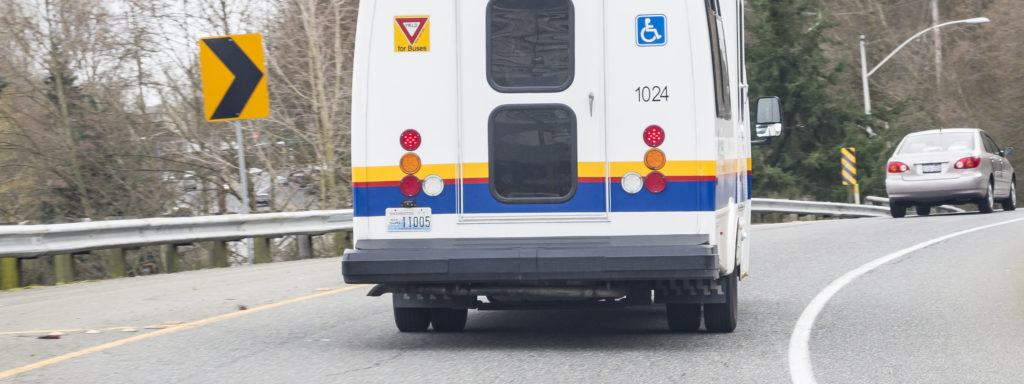
WTI is launching a new project to investigate innovative “last mile” package delivery systems and how rural public transportation systems may have a role in the process. Led by Principal Investigator Andrea Hamre, the project will include a synthesis of current last mile package delivery practices through public transportation systems in rural states; an analysis […]
RESEARCH NEWS: Winter is coming — What’s new in Cold Climate research?
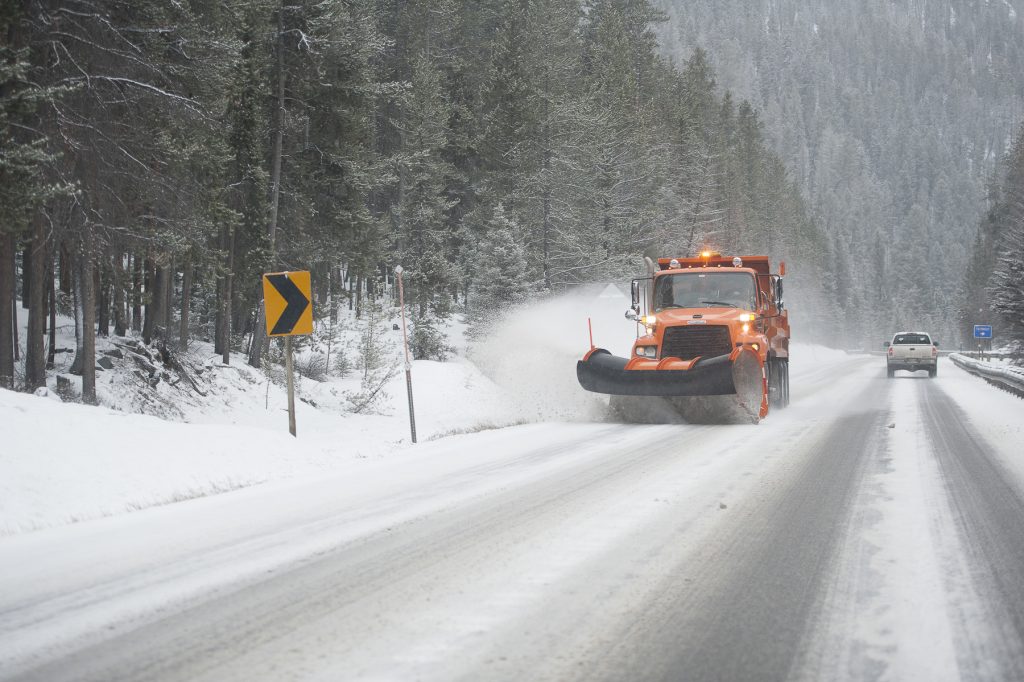
Montana is not the only place concerned with keeping the roads clear and safe during the winter months. Over the last year, WTI’s Cold Climate Operations and Systems program has added a number of new projects with multi-state partnerships to improve the tools, resources, and staffing available to winter maintenance agencies. Roadway Friction Modeling: Improving […]
Student Research Opportunities: Five Positions Available with Bozeman Commute Rebrand Project
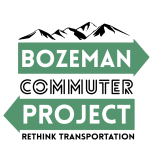
Summary: The Western Transportation Institute (WTI) is seeking five MSU students for part-time, paid positions to support the development and implementation of a project to rebrand a local, online commuter platform. Seeking students in marketing, graphic design, engineering, public health and sustainability. Apply by November 13th, 2020. Background Many people who work in Bozeman live […]
NEW PROJECT: MSU Researcher Receives Seed Grant for Commuter Project

Congratulations Matt Madsen! He received a seed grant from MSU’s Outreach and Engagement Council, which will support a collaboration between MSU students and community partners, including Gallatin County and the city of Bozeman, to develop a social marketing plan and rebranding for BozemanCommute.org. The website encourages people to replace drive-alone trips to work with trips […]
